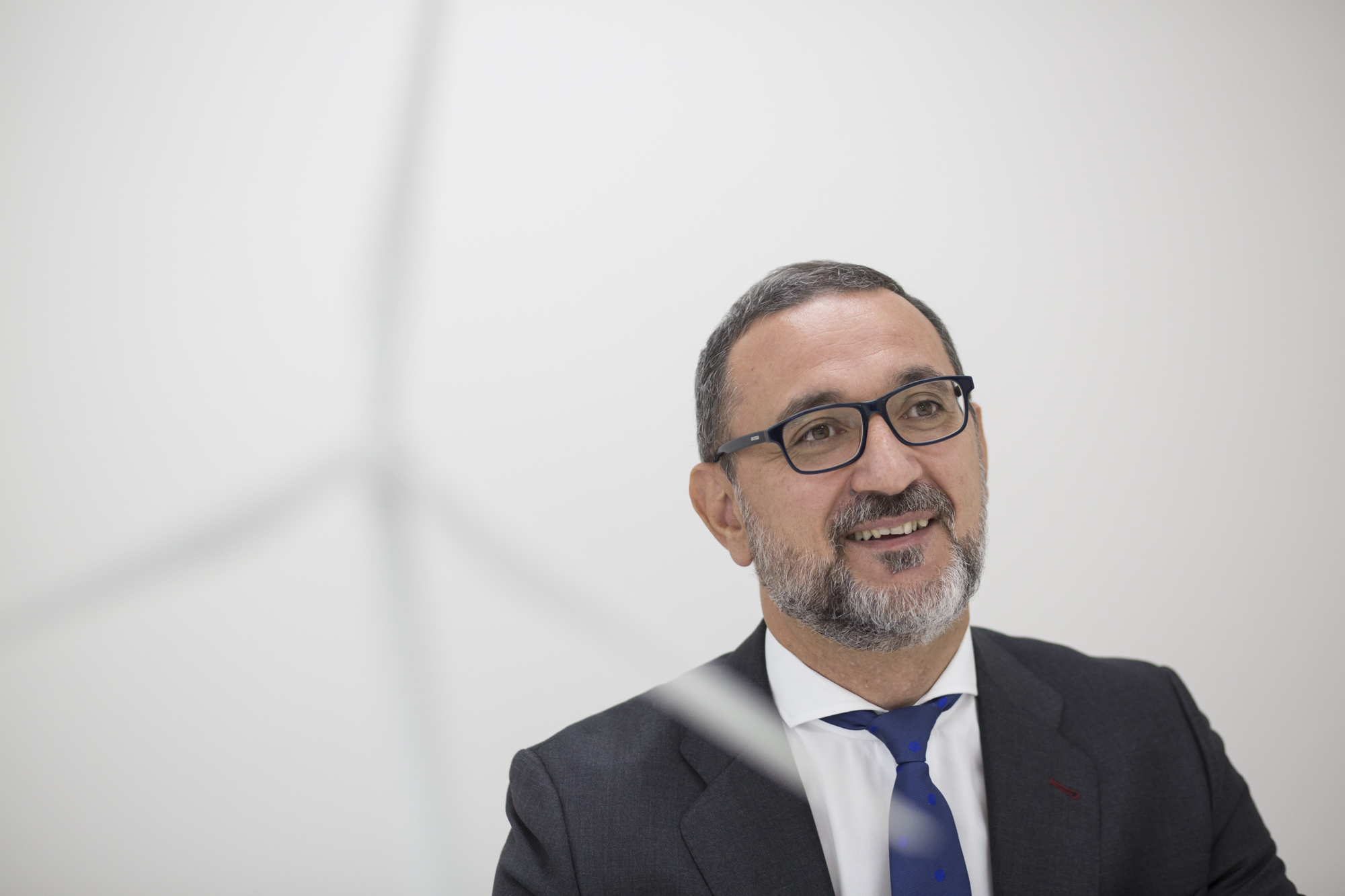The Wind Energy Business Association (AEE) warns of the urgent need to activate the development of floating offshore wind power in Spain , following a year of regulatory paralysis. Its CEO, Juan Virgilio Márquez , states that the sector is “disappointed” by the lack of concrete progress and warns that the delay could jeopardize Spain’s industrial leadership compared to international competitors.
“The sector is currently disappointed that the regulatory progress we were supposed to make has been halted,” the executive says, referring to Royal Decree 962/2024, which establishes a competitive bidding system for awarding contracts for the operation of facilities in areas with high offshore wind potential.
In an interview with Strategic Energy Europe , he recalled that Spain had managed to build a clear roadmap for 2021, with plans for marine spatial planning, identification of wind energy zones, and coordination between sectors such as fishing, defense, and shipping. However, following the approval of the Royal Decree, “the Government is not making any progress.”
This situation puts at risk an industry that could begin its deployment in 2033 , with the first offshore wind farm in the Canary Islands , as expected.
The archipelago is the ideal starting point due to its high dependence on fuel oil to generate electricity, justifying the development of offshore wind power solely due to the additional generation costs it entails compared to the peninsula, which can be five times higher.
“Today, developing floating facilities is already competitive,” says Márquez, since replacing fuel with offshore wind energy would save around €120 million annually , including € 40 million from lower generation costs and €80 million from reducing CO₂ emission rights.
The plan promoted by the AEE contemplates an initial auction in the Canary Islands for a park of between 200 and 250 MW , as the basis for a national pilot market of 1 GW , with three or four parks distributed between the archipelago and the peninsula.
According to Márquez, this scheme would allow the reactivation of the industrial chain linked to offshore wind power: shipyards, ports, engineering companies, and technology manufacturers .
“If you don’t have a pilot market, your industry won’t have a local environment in which to test and develop its processes and remain competitive,” warns the CEO, adding that, as an emerging market that will open up the entire Mediterranean, the American East Coast, and Africa, “if our industry isn’t positioned from the ground up, it never will be.”
From his perspective, the risk is not only technological, but also geopolitical and industrial. “There’s going to be a formidable competitor, which is the Chinese industry,” warns Márquez, referring to the Asian giant’s growing investment in floating offshore technologies.
The AEE insists that the auctions for the Canary Islands would not distort the Iberian electricity market, given that the initial volume of power tendered would be marginal compared to the system as a whole and would serve as a strategic lever to sustain employment and industrial innovation.
“We must start with the Canary Islands now,” concludes Márquez, convinced that time is against Spanish industry and its opportunity to lead the next great leap in the European energy transition.






























